How To Deal With Backdraft Issues in Wood Stoves and Fireplaces
- December 8, 2023
- 0 comment
Wood stoves and fireplaces are cherished for their cozy warmth and charming ambiance, making them a favored feature in many homes. However, their use is not without challenges. One significant issue that homeowners may encounter is backdraft, a condition where smoke is drawn into the home instead of being vented outside. This article explores the causes of backdraft and provides actionable solutions to address this problem.
What is Backdraft?
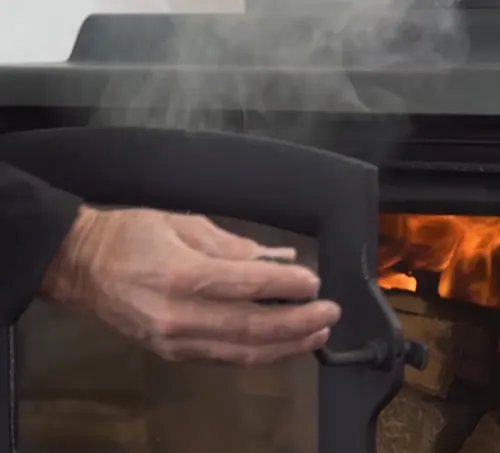
Backdraft is a hazardous phenomenon that occurs when the typical airflow in fireplaces and wood stoves reverses, causing smoke and harmful gases to enter living spaces instead of being expelled outdoors. Normally, these heating appliances generate an updraft, drawing waste gases and smoke up the chimney and dispersing them safely outside, which is crucial for maintaining indoor air quality and preventing smoke inhalation.
In a backdraft scenario, this airflow is inverted—smoke and combustion byproducts, including carbon monoxide, flow back into the room. This not only degrades air quality and causes respiratory discomfort but also poses severe health risks due to the inhalation of toxic gases. Addressing backdraft issues is critical for safety, involving regular maintenance, proper installation, and adherence to safe burning practices to prevent this dangerous reverse airflow.
Causes of Backdrafting
Backdrafting in fireplaces and wood stoves is a common issue that can lead to smoke and harmful gases entering your home. Understanding the causes of backdrafting is crucial in finding effective solutions. Here are the primary factors that contribute to this problem:
- Negative Pressure: This is a frequent issue in newer homes that are designed to be airtight, as well as in basement installations. These environments can create a pressure imbalance, where the indoor air pressure is lower than the outdoor air pressure. When a fireplace or wood stove is used in such a setting, the negative pressure can draw smoke and gases back into the room instead of allowing them to flow up and out through the chimney.
- Backdraft: This specific type of backdrafting often occurs with chimneys that are located outside the house, are shorter than ideal, or are situated in areas with high winds. In these scenarios, external factors like wind can interfere with the chimney’s ability to properly vent smoke upwards, causing it to flow back into the living space.
- Blocked Chimney: A common cause of back drafting is a physical obstruction in the chimney. This can be due to a buildup of creosote, which is a tar-like substance that accumulates from burning wood, or animal nests. These blockages can prevent the proper flow of air and smoke out of the chimney, leading to back-drafting.
- Burn Technique/Wet Wood: The way wood is burned, and the condition of the wood itself, play significant roles in back drafting. Using wet or unseasoned wood leads to inefficient burning, producing more smoke and moisture. This not only increases the risk of creosote buildup but also affects the draft in the chimney. Additionally, improper burning techniques, such as not allowing enough air for combustion or overloading the stove, can exacerbate the problem.
Solutions to Backdraft Issues
Backdraft in wood stoves and fireplaces can be a significant problem, leading to smoke and harmful gases entering your living spaces. However, there are effective solutions to mitigate these issues. Here’s a guide to addressing the common causes of backdraft:
1. Addressing Negative Pressure
To effectively tackle negative pressure and prevent backdraft in wood stoves and fireplaces, consider the following steps: First, equalize the indoor and outdoor air pressure by opening a window before you light the stove or fireplace. This straightforward action can significantly reduce the likelihood of backdraft, where smoke is drawn back into the room rather than being expelled outside. Second, the method of opening your wood stove or fireplace door is crucial; opening the door slowly rather than quickly prevents sudden changes in air pressure that could draw smoke indoors. Gradual opening helps manage airflow more effectively, ensuring a smoother transition and minimizing the entry of smoke into your living space.
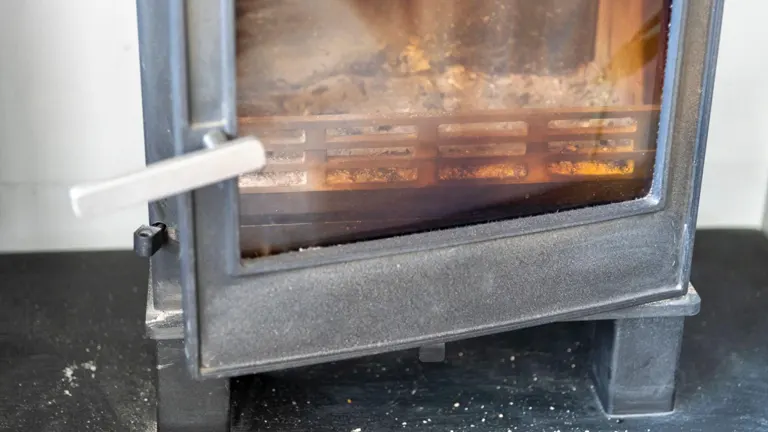
Additionally, adjusting the stove’s air vents can also enhance airflow and stability, further reducing backdraft risks. It’s beneficial to slightly open a window in the same room when starting the fire to allow fresh air to enter, helping to balance the internal pressure. These methods are not only simple but highly effective in enhancing the safety and comfort of using your wood stove or fireplace, ensuring a safer, smoke-free environment.
2. Tackling Backdraft/Cold Chimney
Tackling backdraft issues, particularly in the case of a cold chimney, involves a few strategic approaches. One effective method is to extend the height of your chimney. A taller chimney can significantly improve the draft, which in turn reduces the likelihood of backdraft. The reason behind this is simple: a higher chimney creates a stronger updraft, which is more effective at pulling smoke upwards and out of your home.
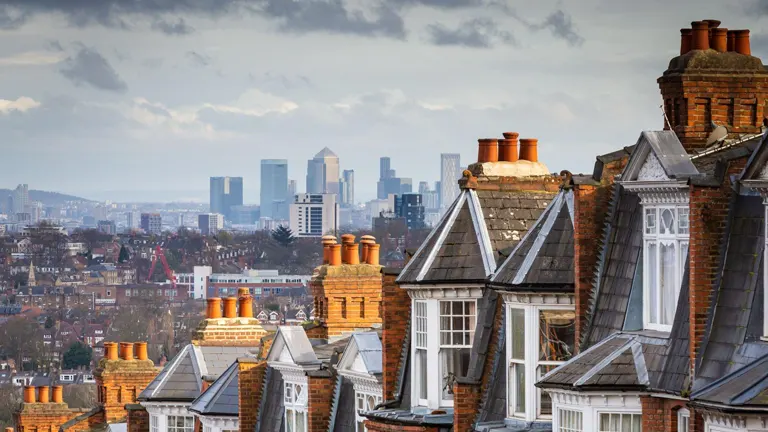
Another useful tactic is to insulate the chimney, especially if it’s located outside the house. By building an insulated chase around the chimney, you can maintain a more consistent temperature within the chimney structure. This consistency is crucial for enhancing the updraft, ensuring that the warm air continues to rise and carry the smoke out.
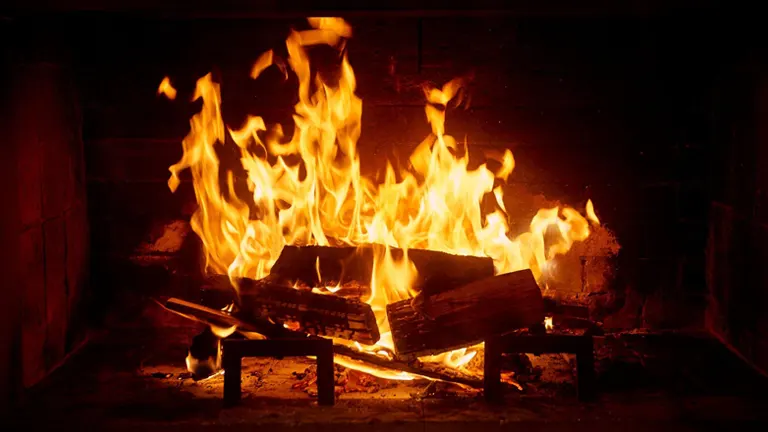
Additionally, a continuous burning strategy can be beneficial. Keeping a small fire burning at all times helps to keep the chimney warm. This constant warmth is key to maintaining a steady updraft, which is a natural deterrent to backdraft. By implementing these methods, you can significantly reduce the risk of backdraft in your home, ensuring that your fireplace or wood stove operates safely and efficiently.
3. Dealing with a Blocked Chimney
Dealing with a blocked chimney is a critical aspect of maintaining the safety and efficiency of your fireplace or wood stove. One of the most reliable ways to prevent blockages is through regular professional cleaning. Engaging the services of professionals like Friendly Fires can ensure that your chimney is thoroughly cleaned, effectively removing any creosote buildup and other potential obstructions. Creosote, a byproduct of wood burning, can accumulate over time and significantly impede the proper flow of smoke and gases.

For those who are inclined towards DIY solutions, self-cleaning is a viable option. This involves purchasing the appropriate chimney cleaning equipment and taking the initiative to regularly clean your chimney. Regular self-cleaning can be just as effective in maintaining clear airflow, provided it’s done correctly and with the right tools. It’s important to note that whether you choose professional cleaning services or opt for a DIY approach, the goal is to ensure that your chimney remains free of blockages, thereby preventing backdraft and other related issues that can arise from a poorly maintained chimney.
4. Improving Burn Technique
Improving the burn technique in your fireplace or wood stove is essential for reducing backdraft and enhancing overall efficiency. A key aspect of this is the type of wood you use. It’s crucial to ensure that the wood is properly seasoned, which typically means it has been dried for 12 to 24 months. Dry wood has a lower moisture content, allowing it to burn more efficiently and cleanly. This efficient burning not only produces less smoke but also significantly reduces the risk of creosote buildup in your chimney. Creosote, a flammable and sticky substance, is a byproduct of burning wood and can lead to dangerous chimney fires if not managed properly.
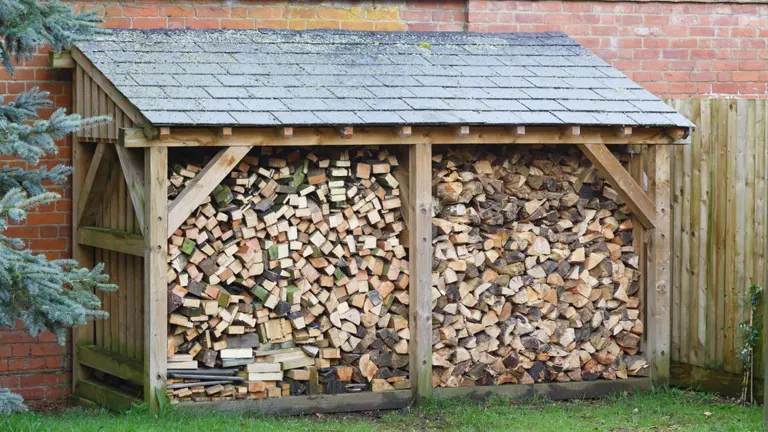
In addition to using dry wood, it’s important to follow best practices for wood burning. This involves achieving optimal flue gas temperatures, which ensures that the wood burns efficiently and the smoke is hot enough to rise quickly through the chimney. Another important practice is to limit the frequency of opening the stove door. Every time the door is opened, it can disrupt the efficient burning process and allow smoke to enter the room. By keeping the door closed as much as possible, you maintain a consistent temperature inside the stove, which aids in complete combustion and reduces smoke production.
By focusing on these aspects of burn technique – using dry, well-seasoned wood and adhering to best burning practices – you can significantly improve the performance of your wood stove or fireplace. This not only enhances the safety and comfort of your home but also contributes to the longevity and proper functioning of your heating appliance.
Stove Features and Chimney Issues
1. Stove Features Causing Smoking
- The baffle plate in your stove plays a critical role in directing the flow of smoke and gases. It’s important to ensure that the baffle is correctly positioned for maximum efficiency. An improperly placed baffle can disrupt the flow, leading to smoke entering the room instead of being directed up the chimney.
- Modern stoves often come with tightly designed baffles to increase efficiency. However, these restrictive baffles may not perform optimally with poorly functioning chimneys, leading to smoke issues. It’s essential to match the stove design with your chimney’s capabilities.
- Stoves with large single doors can cause smoke spillage if opened too quickly. To prevent this, open these doors slowly, allowing the pressure between the stove and room to equalize, which helps minimize smoke being pulled into the room.
2. Chimney-Related Causes
- This issue is more prevalent in cold conditions and with twin-walled chimney systems. Negative pressure can force cold air down the chimney, pushing smoke back into the room. Addressing air pressure imbalances is key in these scenarios.
- The height of your chimney can significantly impact its performance. Both short and excessively tall chimneys can have issues with drafting, either due to insufficient pull or cooling of smoke in very tall structures. Adjusting the height or insulating the chimney can help.
- Regular chimney sweeping is essential to prevent blockages caused by creosote buildup or debris. Additionally, using dry, well-seasoned wood reduces the likelihood of creosote formation.
- High winds can disrupt the draft in your chimney, especially in exposed locations. In such cases, installing specialized cowls can stabilize the draft and prevent wind-induced backdraft.
Conclusion
Backdrafts in wood stoves and fireplaces can be a nuisance and a health hazard. By understanding the causes and implementing the appropriate solutions, you can enjoy the warmth and ambiance of your wood stove or fireplace without the inconvenience and danger of smoke in your home. Remember, regular maintenance and proper burning techniques are key to preventing backdraft issues.
Related Articles:
- Choosing the Right Wood Stove for Your Off-Grid Cabin: A Size Guide
- RV Wood Stove Kit: Roof-Ready Flue Kits for Complete Van & RV Installations
- How to Move a Wood Stove Safely and Securely
- Best Humidifier for Wood Stove 2023
- How to Ensure Proper Ventilation and Airflow for Your Wood Stove
- How to Get Wood Stove Heat to Other Rooms: A Comprehensive Guide
- How to Choose the Best Wood Stove Pipe
- Reviving a Used Wood Stove: A Step-by-Step Guide to Wood Stove Polishing
FAQs
- What exactly is a backdraft in a fireplace or wood stove?
A backdraft occurs when the usual flow of air and smoke in a fireplace or wood stove reverses direction. Instead of smoke and gases rising and exiting through the chimney, they flow back into the room. This can lead to smoke-filled rooms and increased levels of harmful gases indoors. - Why is my wood stove smoking so much?
Excessive smoking can be due to several reasons, including negative pressure in your home, a blocked or improperly sized chimney, the use of wet or unseasoned wood, or issues with the stove’s design, such as a restrictive baffle or incorrect baffle position. - Can the design of my wood stove affect the backdraft?
Yes, certain design features like a restrictive baffle or a large single door can contribute to backdraft issues. These features, while often enhancing efficiency, may require specific operating techniques or compatible chimney designs to function properly. - How can I prevent backdraft from happening?
Preventing backdraft involves several strategies, such as ensuring your chimney is the correct height and not blocked, using dry and seasoned wood, and managing the air pressure in your home by slightly opening a window when the stove is in use. - Is it dangerous to have a backdraft in my home?
Yes, backdrafts can be dangerous as they can fill your home with smoke and harmful gases like carbon monoxide. It’s important to address any backdraft issues promptly to ensure the safety and health of your household. - How often should I clean my chimney to prevent backdraft?
It’s recommended to have your chimney professionally cleaned at least once a year. However, if you use your wood stove or fireplace frequently, more regular cleanings might be necessary. - Can the weather affect my wood stove’s performance and cause backdraft?
Yes, external factors like wind and cold temperatures can impact chimney drafts and contribute to backdraft issues. High winds, in particular, can disrupt the normal flow of air in the chimney. - What should I do if I suspect my chimney is blocked?
If you suspect a blockage in your chimney, stop using your fireplace or wood stove immediately and arrange for a professional inspection and cleaning. Blocked chimneys can lead to dangerous situations, including backdraft and chimney fires. - Can installing a chimney cowl help with backdraft issues?
In some cases, especially in windy conditions, installing a specialized chimney cowl can help stabilize the draft and prevent backdraft. However, it’s important to choose the right type of cowl for your specific situation. - Are there any signs that indicate a backdraft is occurring?
Signs of a backdraft include smoke entering the room instead of going up the chimney, a lingering smoky smell even when the fire is out, and difficulty in lighting or maintaining a fire due to poor airflow.
Thanks for tuning in to our guide on dealing with backdraft issues in wood stoves and fireplaces! Do you have any tips or experiences with backdrafts to share? Maybe a trick that worked well for you or a solution we didn’t cover? Drop a comment below—we’d love to hear your thoughts and continue this conversation with our community!

David Murray
Forestry AuthorI'm David Murry, a forestry equipment specialist with a focus on chainsaw operation. With over 13 years of experience, I've honed my skills in operating and maintaining a wide range of machinery, from chainsaws to log splitters. My passion for the outdoors and commitment to sustainable forestry drive my work, which emphasizes safety, efficiency, and staying updated with industry advancements. Additionally, I'm dedicated to sharing my expertise and promoting environmental awareness within the forestry community.

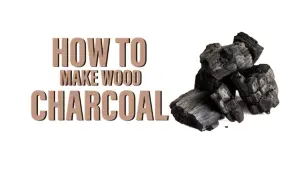
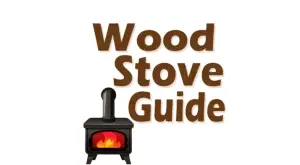

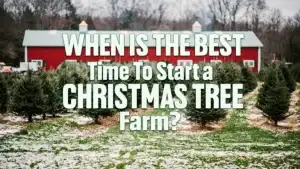




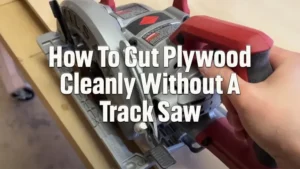



Leave your comment